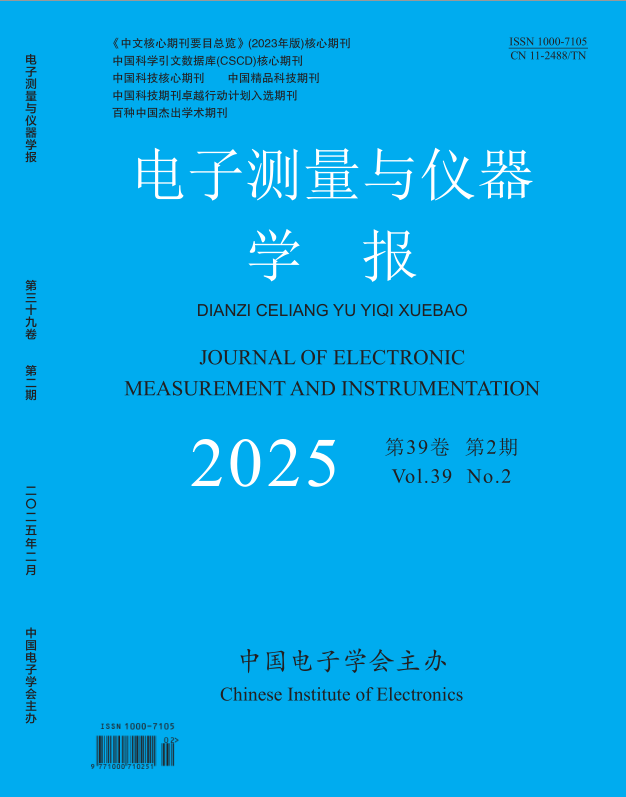2023, 37(7):72-80.
Abstract:Aiming at the low accuracy of object six-degree-of-freedom ( 6D) pose estimation in scenes with interferences such as
illumination changes, distance changes, background clutter, and occlusions, a mixed channel attention module (MCA) is proposed,
which combines multi-scale feature fusion and attention mechanisms. Based on MCA, a category-level object 6D pose estimation method
(MCA6D) is further constructed. The key steps include object instance segmentation, feature extraction and optimization based on
MCA, object model reconstruction based on prior shape, and pose estimation based on point cloud registration. Relevant experiments
show that our method achieves 86. 3% (5°2 cm), 73. 4% (5°5 cm) and 39. 2% (5°2 cm), 43. 3% (5°5 cm) mean average precision
in the public datasets CAMERA and REAL, respectively, which is ahead of mainstream methods such as NOCS, SPD, and SGPA. At
the same time, the practical experiment shows that the proposed method can accurately estimate the 6D pose of the object in scenes with
interference, such as illumination changes, distance changes, background clutter, and occlusions.
